At exactly 6am, the sound of a helicopter engine cleared the fog, taking the scouts through the clouds at an altitude of about 800-1,200m, flying around Chu Lai airport, Nui Thanh district, Quang Nam province. From the sky, white spots appeared, getting bigger and bigger, floating into clusters of “flowers” blooming in the sky, gradually lowering their altitude and landing safely.
Participating in parachute jumping for the first time, Lieutenant Bui Ngoc Viet Hoa, Deputy Political Commissar of the Special Reconnaissance Company, Reconnaissance Battalion 32, could not help but feel nervous. Having just completed the content and returned, he confidently told about the implementation process: “Today I am very happy, performing the movements from the time of leaving the plane door until landing were all handled flexibly, in accordance with the trained exercises, the result of landing about 50m from the center of the field, meeting the requirements of the parachute jumping content. All beginnings are difficult, the result of this jump helped me to be confident and no longer feel anxious, that is the premise for the next jumps I will perform better”.
As for Captain Nguyen Van Tuan, a reconnaissance officer of the Special Reconnaissance Company, with more than 10 years of parachuting experience, he shared: For the technical movement of leaving the aircraft door, the requirement is that the movement must be decisive so as not to affect the person jumping behind and avoid hitting the equipment on the aircraft door. After leaving the aircraft for 3-5 seconds, pull the parachute, absolutely do not pull the parachute earlier than the prescribed time, because the parachute opens too early and will get stuck in the aircraft's landing gear. When in the air, you must be extremely flexible, from the free fall movement, choosing the time to pull the parachute, to observing, controlling the parachute and landing. In the landing movement, the requirement is that the practitioner must perform the "3 close" technique correctly, which is to close the two toes, two heels and two knees, so that when landing, the force will be evenly distributed to both legs. If the technique is not performed correctly, one leg will land first and cause injury.
According to Major Doan Xuan Hung, Deputy Battalion Commander of the 32nd Reconnaissance Battalion, parachute training is a difficult training content, requiring careful and meticulous preparation from people to vehicles. When in the air, soldiers must be completely independent in thinking and practicing movements. Therefore, before practicing parachuting, soldiers must participate in a 3-week training course, including theoretical training and ground training. In parachute theory training, learners need to pay attention to methods for handling unexpected situations in parachuting. These are unexpected situations in the air, being dragged by a parachute when landing in strong winds, the jumper falling into water, forests, mountains, hills, residential areas...
After mastering the theoretical content, the scouts begin practicing the ground support content. First, the scouts must master the parachute folding operation, in order to detect incidents such as tears, breaks on the canopy, parachute cord, oil stains, grease, mold, rust... that reduce the quality of the parachute and ensure absolute safety when parachuting. In the parachute carrying, wearing and equipping operations, each soldier when parachuting must wear two parachutes (main and auxiliary). The main parachute is located on the back, and the auxiliary parachute is located in front of the abdomen. Depending on the mission, the weight and number of weapons carried are different, but according to the regulations, the total weight: The whole person, parachute and weapon must not exceed 100kg...
Directly observing the troops practicing parachuting and airborne landing, Senior Lieutenant Colonel Do Tan Phuc, Head of the Military Intelligence - Reconnaissance Department of Military Region 5 said: "Practicing parachute training is an annual task of the Military Region, to ensure high combat readiness and handling special situations. Over the years, the special reconnaissance force of the Military Region has always received attention from commanders at all levels, has a strong political stance, regularly organizes combat training, physical training, marching with heavy loads, swimming, overcoming obstacles to have good health, endurance, withstand harsh weather and pressure in the air".
With careful and thorough preparation, along with the active support of Regiment 930, Division 372, Air Defense - Air Force, officers and soldiers of Reconnaissance Battalion 32 have excellently completed their mission, ensuring absolute safety, achieving the set goals and requirements. Through training, they aim to improve their technical and tactical skills, bravery, determination to fight, and handle situations well, contributing to firmly protecting the Fatherland.
Article and photos: LE TAY
Source



![[Photo] President Luong Cuong attends special political-artistic television show "Golden Opportunity"](https://vstatic.vietnam.vn/vietnam/resource/IMAGE/2025/8/22/44ca13c28fa7476796f9aa3618ff74c4)
![[Photo] Prime Minister Pham Minh Chinh chairs the conference to review the 2024-2025 school year and deploy tasks for the 2025-2026 school year.](https://vstatic.vietnam.vn/vietnam/resource/IMAGE/2025/8/22/2ca5ed79ce6a46a1ac7706a42cefafae)

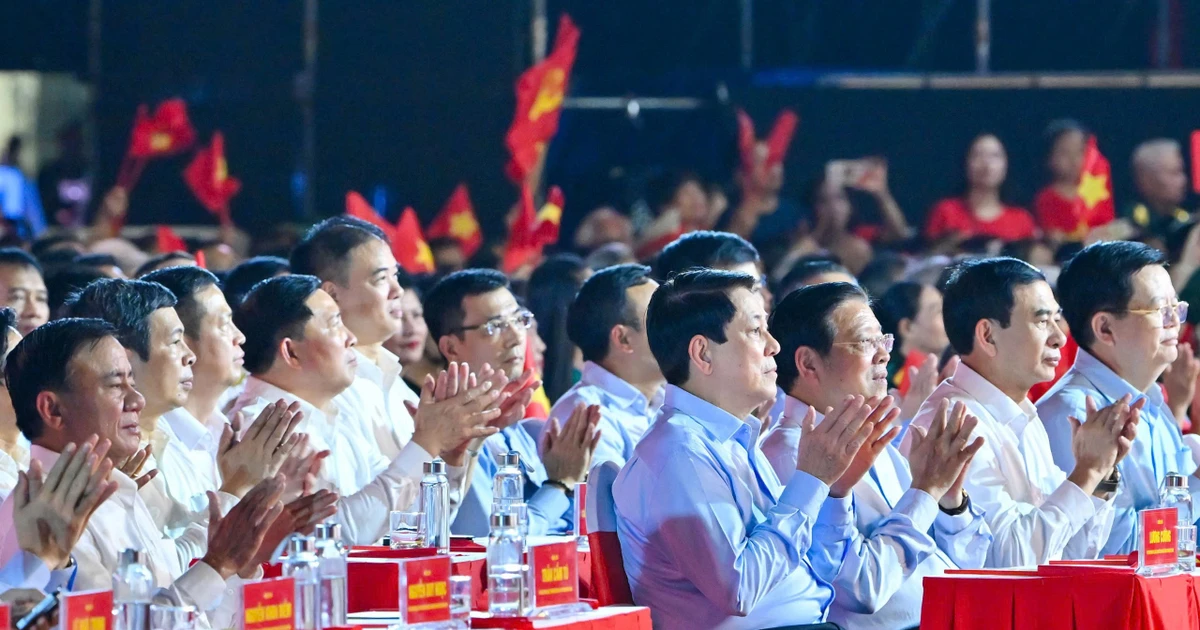
![[Photo] President Luong Cuong receives delegation of the Youth Committee of the Liberal Democratic Party of Japan](https://vstatic.vietnam.vn/vietnam/resource/IMAGE/2025/8/22/2632d7f5cf4f4a8e90ce5f5e1989194a)

































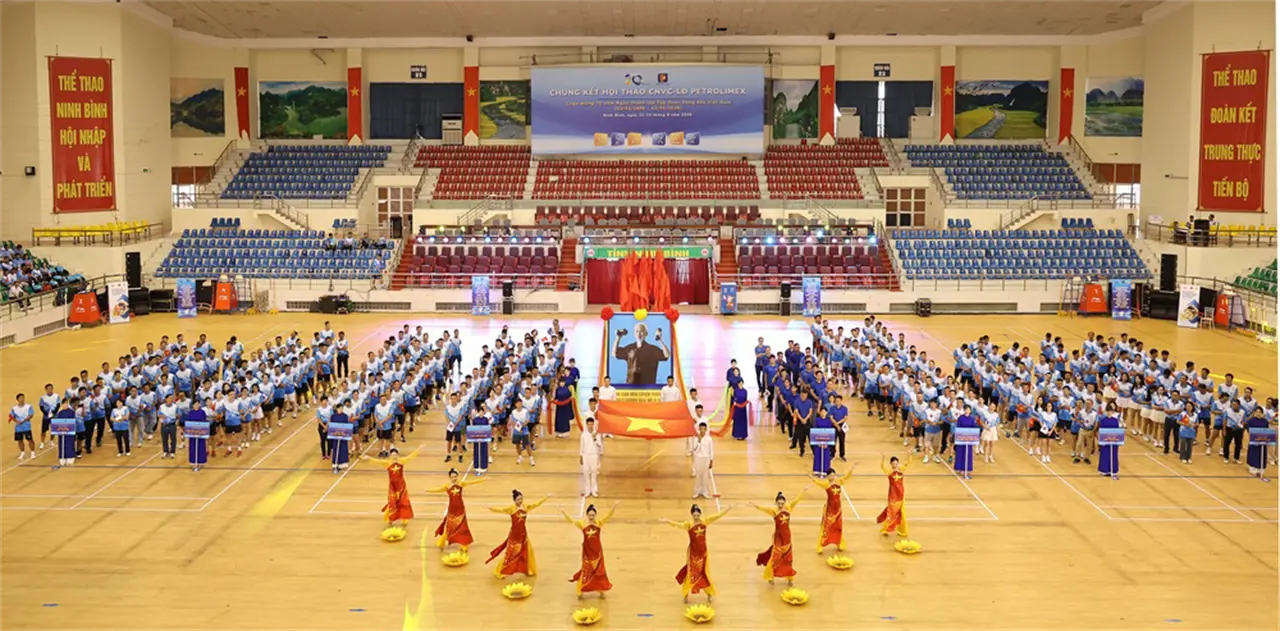







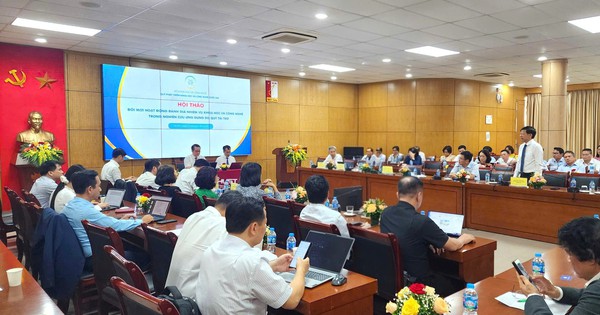



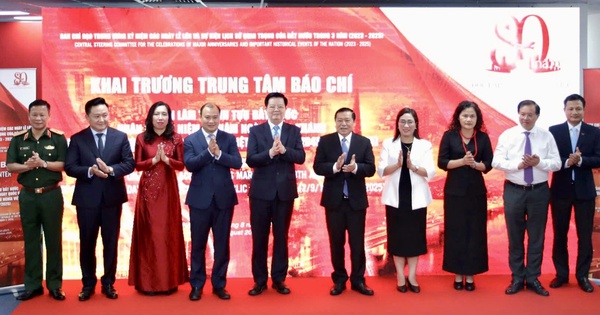
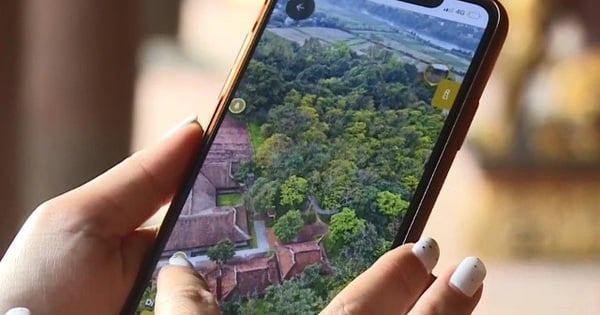
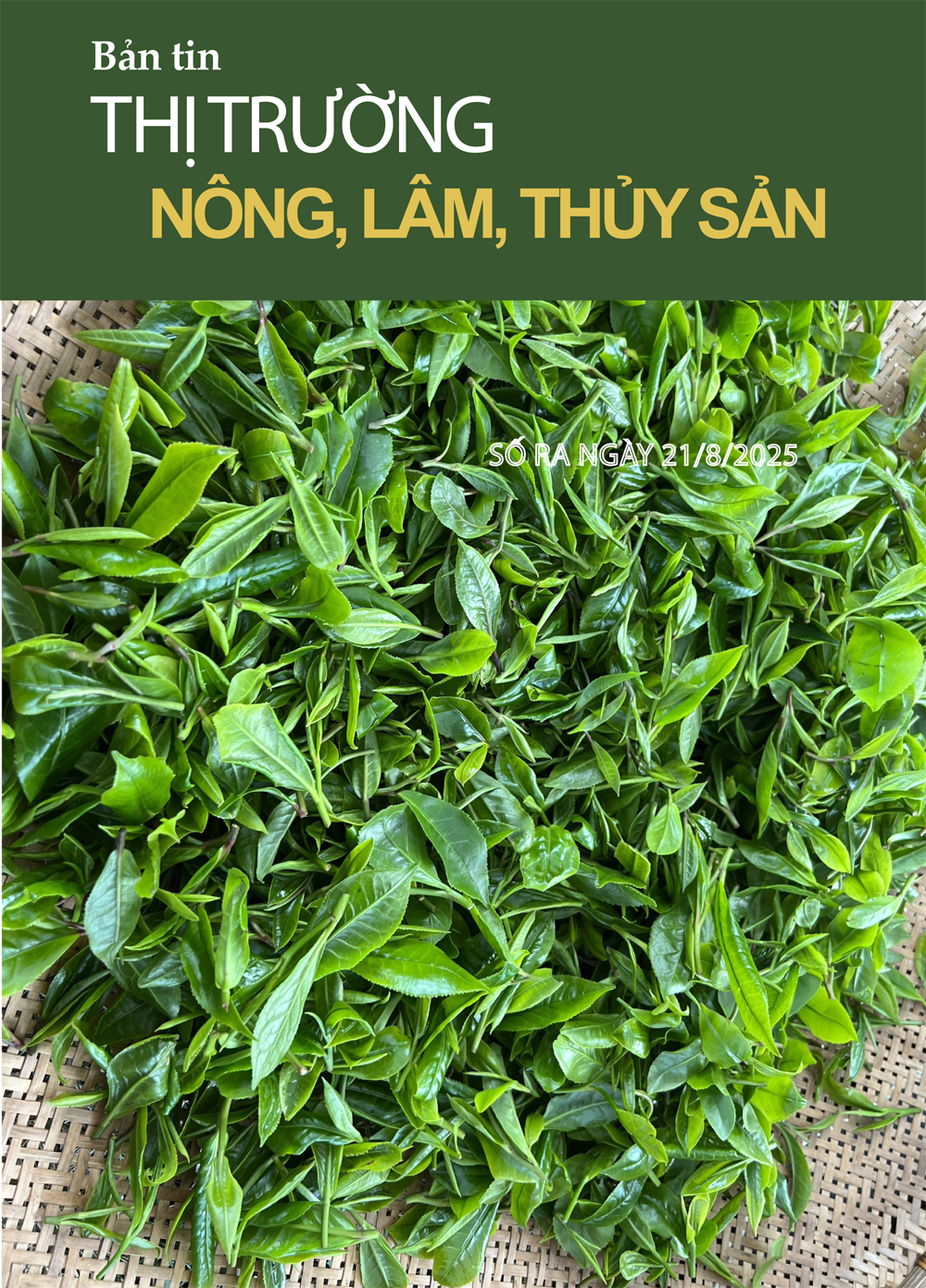


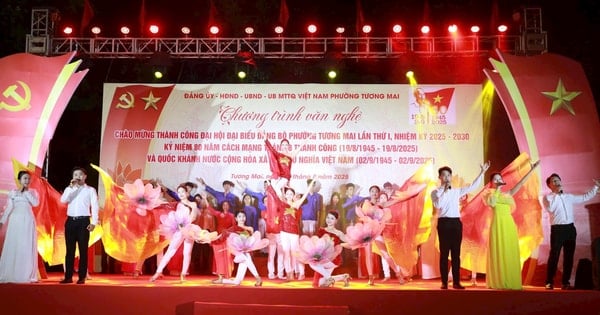

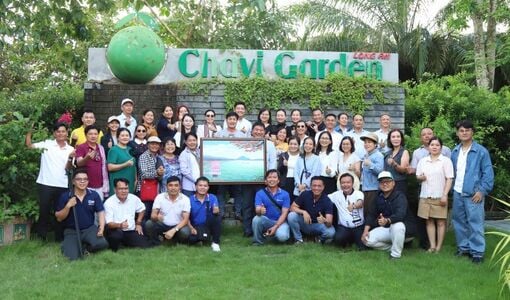

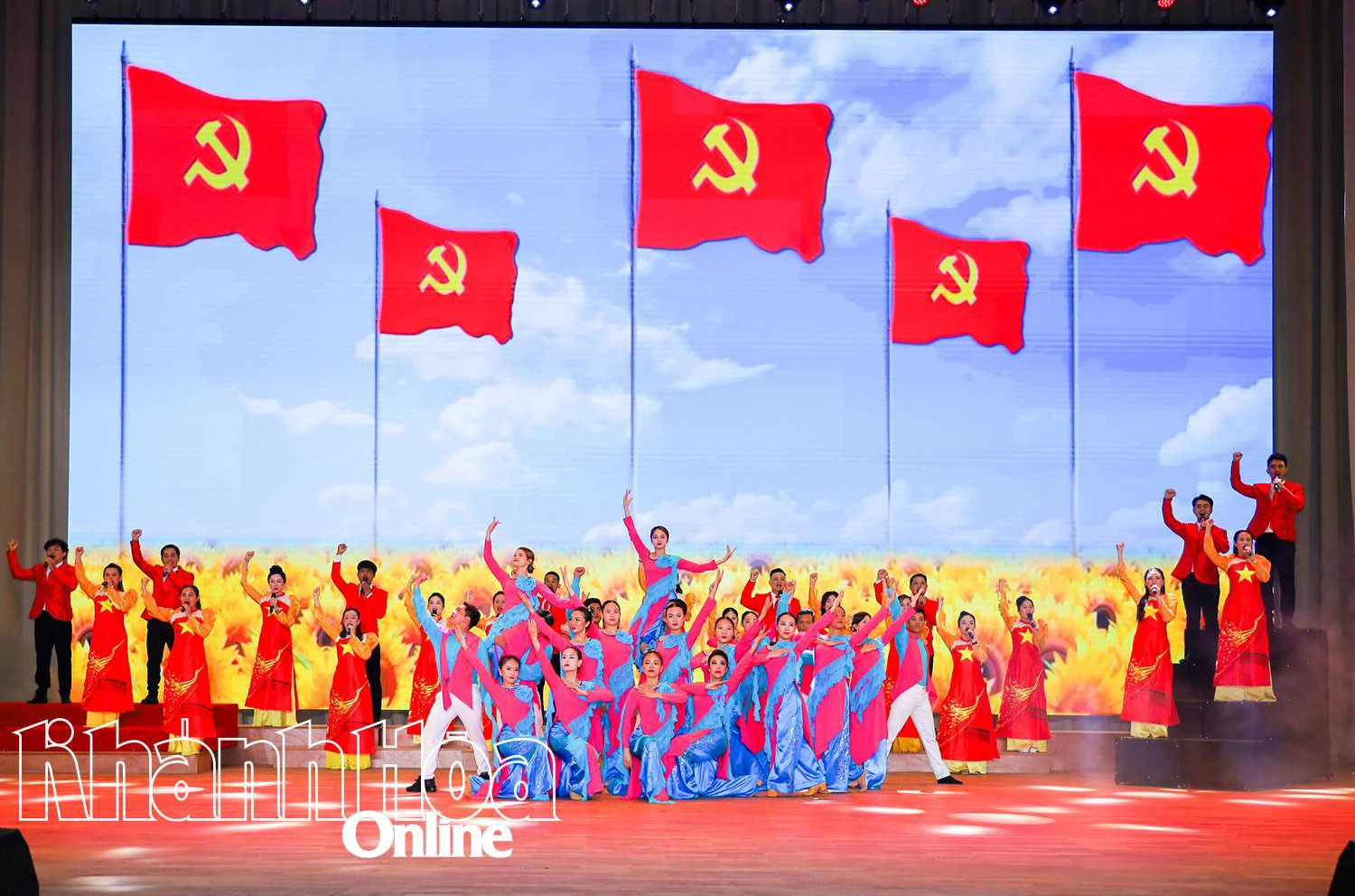

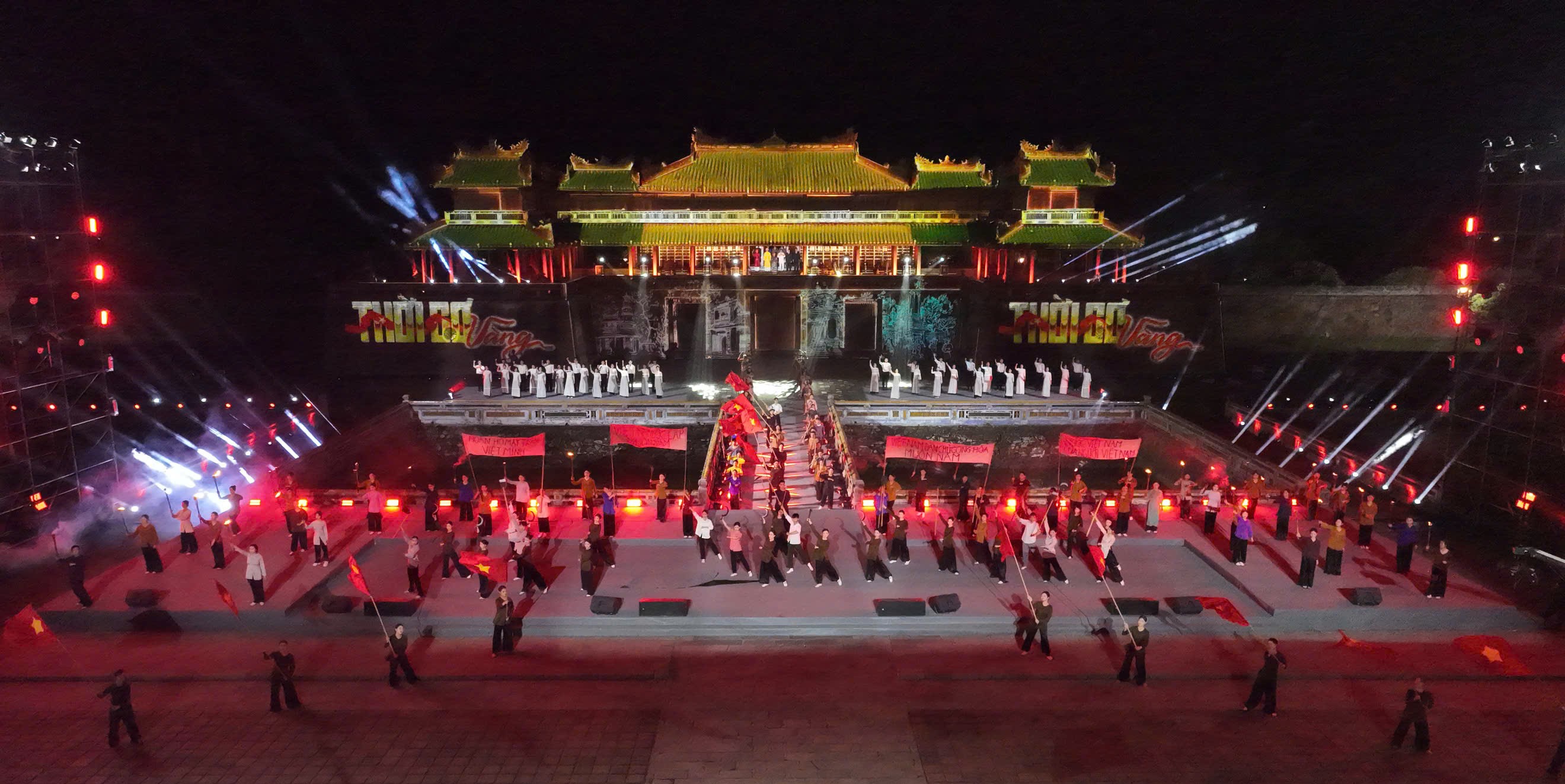

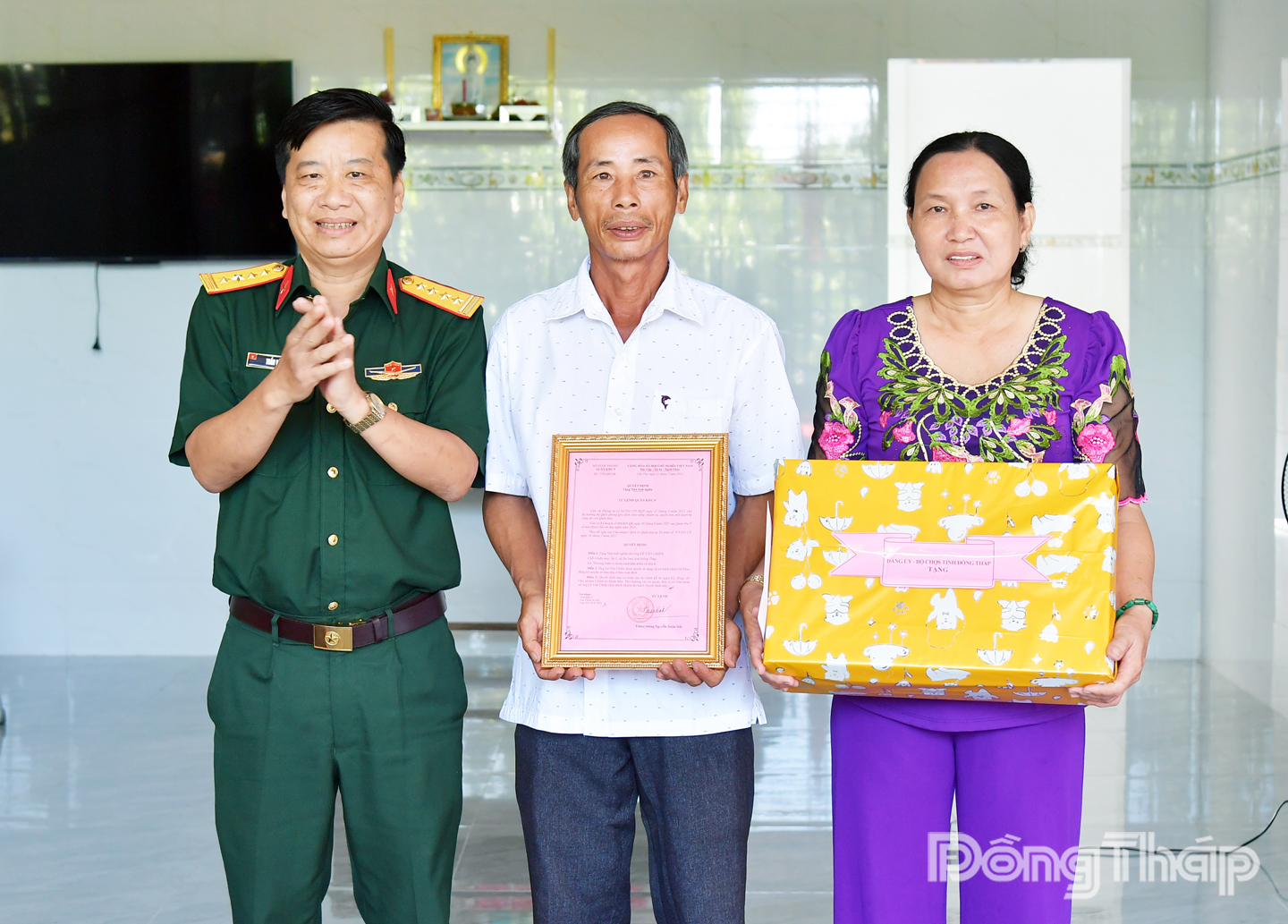
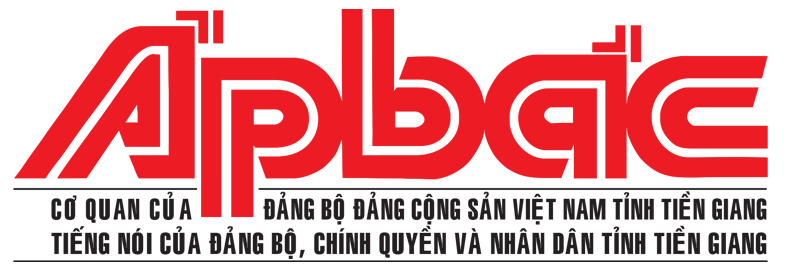
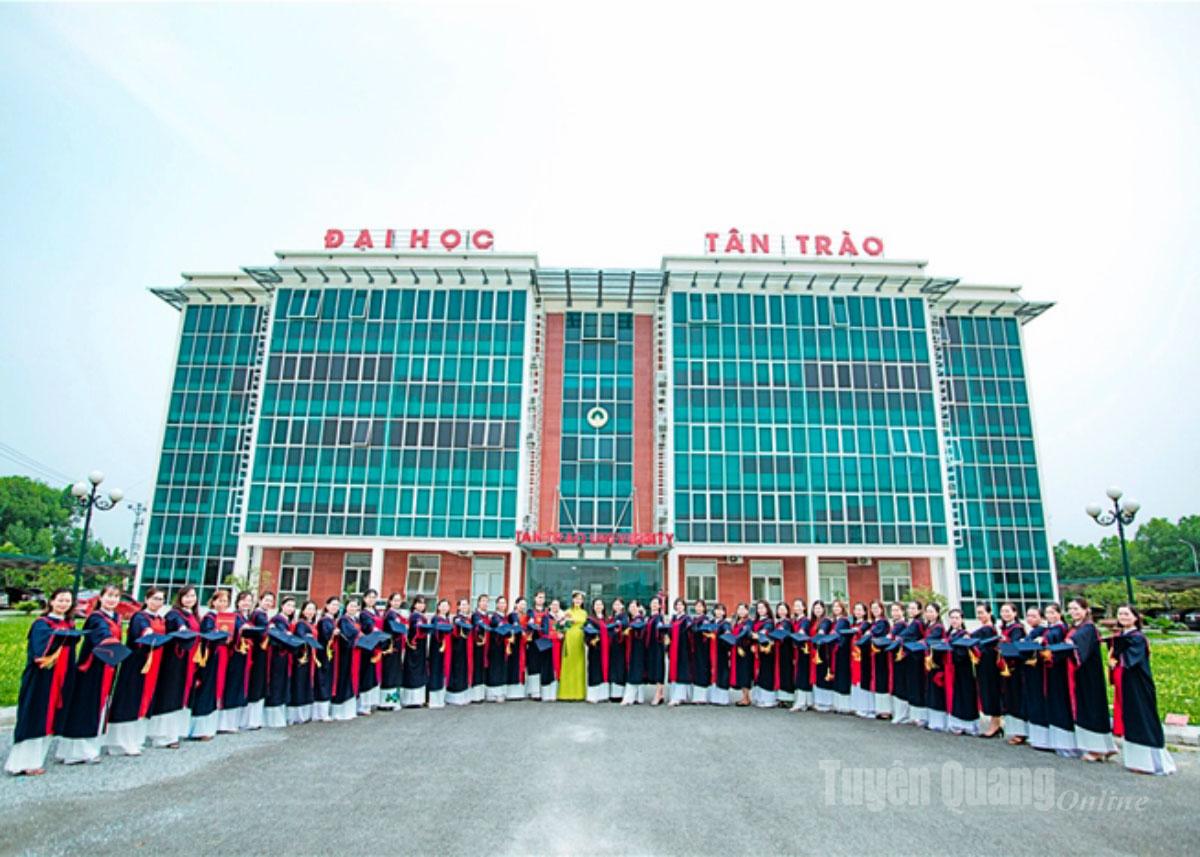















Comment (0)